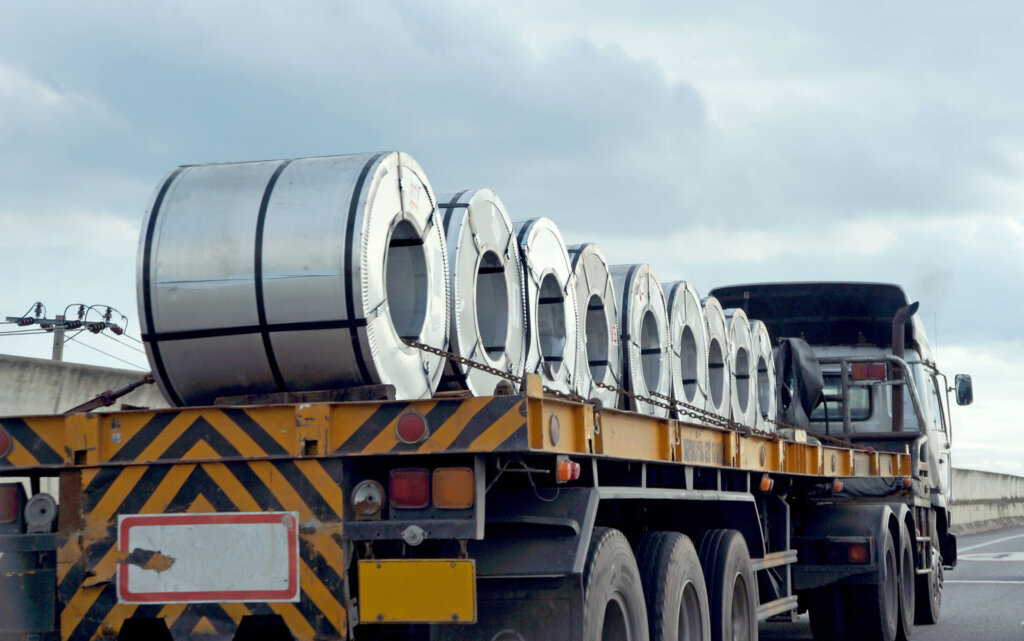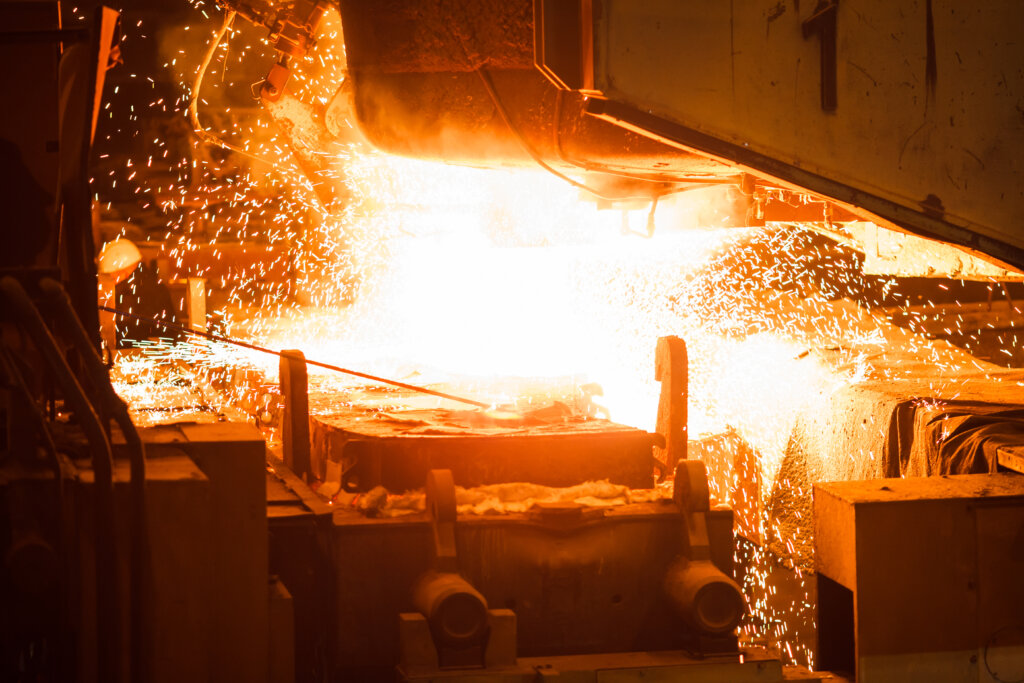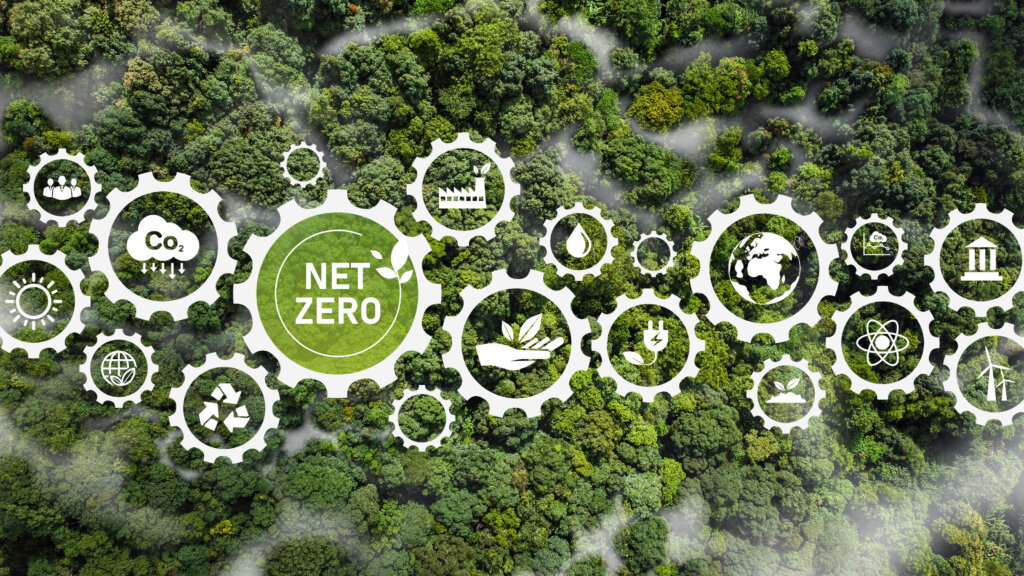As the world grapples with the challenges of climate change and resource depletion, the importance of recycling has become increasingly evident. One material that stands out in the realm of recycling is steel. Steel recycling not only conserves valuable resources but also offers numerous environmental and economic benefits. In this article, we will explore why recycling steel is crucial in our quest for a sustainable future.
Although the metals industry is one of the largest contributors to global greenhouse gas emissions and energy consumption, steel is the most recycled material on the planet. Steel is highly favored as a recyclable material due to its strength and durability, and its inherent capacity for effortless reprocessing and efficient separation at scrap yards. In fact, 85% of steel is recycled today. The United States is one of the leading producers of steel via recycling. While the majority of steel is globally manufactured via the integrated steelmaking process (BF-BOF), about a quarter is manufactured via Electric Arc Furnaces (EAF). EAF steel routinely uses 90 to 95% recycled scrap materials and has 75% fewer carbon emissions than the traditional steelmaking method. In the United States, 70% of steel is manufactured via EAF.
While steel is the most recycled material on the planet in terms of sheer volume and recycling rates, there is still room for improvement in adopting greener production techniques and more sustainable strategies. There are many reasons why the industry should embrace these changes and integrate recycling practices.
Environmental Impact
Producing steel from recycled materials requires significantly less energy compared to primary steel production. Recycling one ton of steel can save up to 1.5 tons of iron ore, 0.5 tons of coal, and numerous other resources. This energy savings translates into a substantial reduction in greenhouse gas emissions, including carbon dioxide (CO2) and other pollutants. By recycling steel, we can contribute to mitigating climate change and improving air quality. The traditional production methods, basic oxygen furnaces, rely heavily on fossil fuels, leading to significant carbon dioxide emissions. By recycling and reusing scrap metal, we can substantially reduce our environmental impact and contribute to global efforts in combating climate change.
Resource Conservation
Steel is one of the most widely used materials globally, with a vast range of applications in construction, manufacturing, and infrastructure. By recycling steel, we can significantly reduce the need for virgin raw materials. Steel recycling preserves valuable natural resources, such as iron ore, coal, and limestone, which are used in steel production. A report by Energy Technology Perspectives shared that it requires far less energy to produce reusable steel from scrap material, about an eighth of the amount of energy from iron ore techniques. By increasing recycling and implementing efficient material recovery systems, we can conserve these resources and reduce the ecological footprint associated with mining, extraction, and production.
Circular Economy
Steel possesses an extraordinary attribute: its endless lifecycle. Through recycling, steel can be transformed, reused, and repurposed infinitely. Embracing greener practices in the steel industry aligns with the principles of a circular economy. By establishing a robust recycling infrastructure, we can close the loop on the steel value chain, ensuring that products are reused, remanufactured, and recycled at the end of their life cycle. This approach minimizes waste generation, maximizes resource efficiency, and promotes sustainable economic growth.
Vertical Integration
Steel mills have begun purchasing recycling centers to offset the cost of outsourcing their scrap material. Doing this allows them to bring another step of the supply chain in house – owning facilities that recycle their own scrap metal to be placed back into electric arc and blast furnaces. By incorporating vertical integration into its business model, steel producers decrease their reliance on outsourcing and increase market share.
Consumers and businesses are steadily prioritizing sustainable products and services. By adopting greener practices, the steel industry can meet market demand, enhance its reputation, and gain a competitive edge. Green steel, produced through sustainable methods, holds immense potential to become a preferred choice in various sectors, driving market growth, and supporting the transition to a low-carbon economy.
Recycling steel is vital to the global efforts of combatting climate change. The almost infinite number of ways to recycle, reuse, and repurpose steel offers a unique opportunity to minimize our reliance on new materials, thus reducing the environmental impact. By embracing these practices, we can contribute to a greener and more sustainable future, meeting market demands, conserving resources, and combatting climate change in the process.



